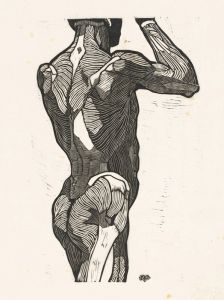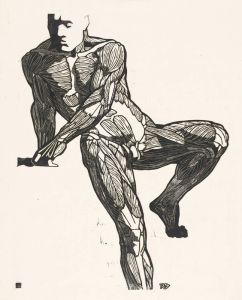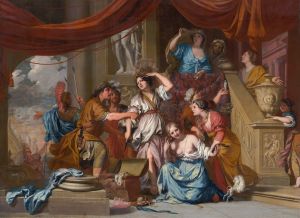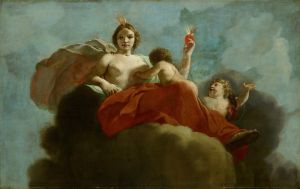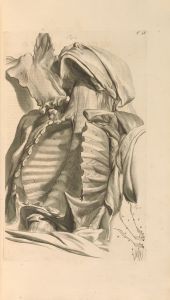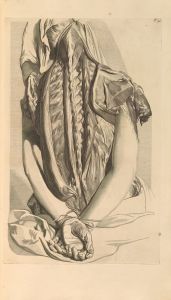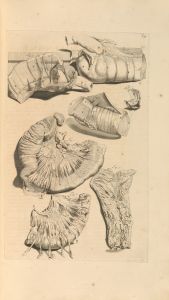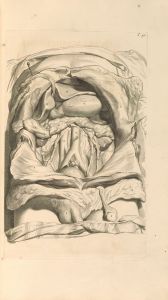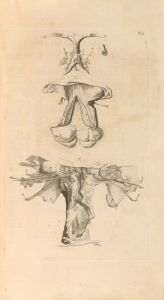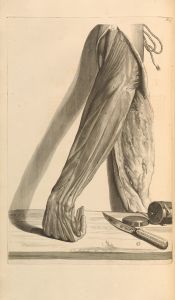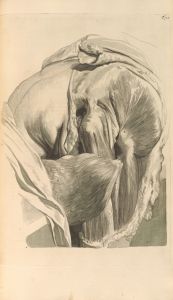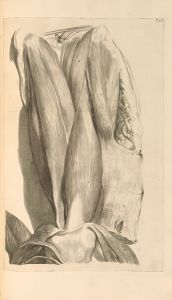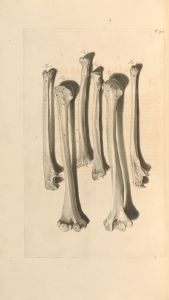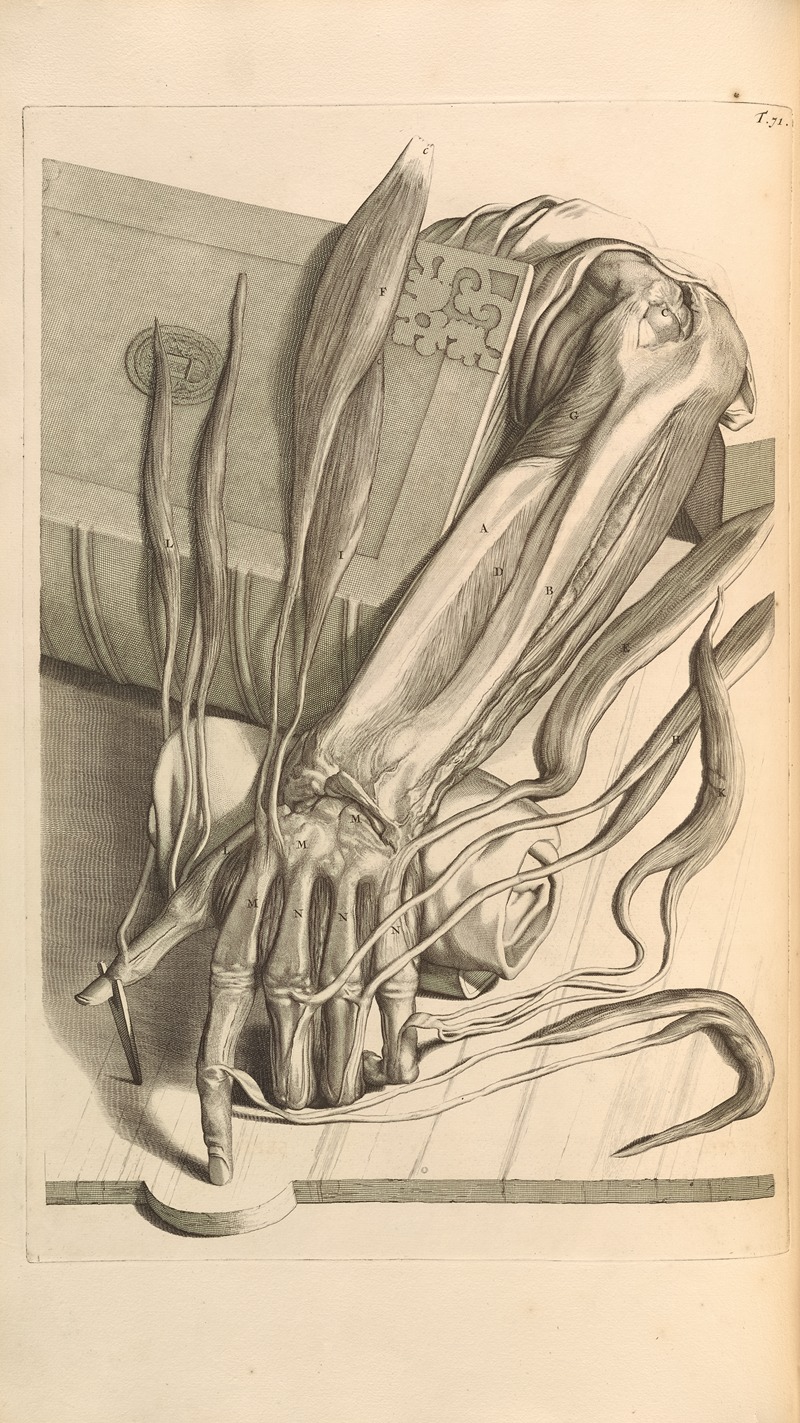
Anatomia humani corporis Pl.072
A hand-painted replica of Gerard de Lairesse’s masterpiece Anatomia humani corporis Pl.072, meticulously crafted by professional artists to capture the true essence of the original. Each piece is created with museum-quality canvas and rare mineral pigments, carefully painted by experienced artists with delicate brushstrokes and rich, layered colors to perfectly recreate the texture of the original artwork. Unlike machine-printed reproductions, this hand-painted version brings the painting to life, infused with the artist’s emotions and skill in every stroke. Whether for personal collection or home decoration, it instantly elevates the artistic atmosphere of any space.
"Anatomia humani corporis" is a renowned series of anatomical illustrations created by the Dutch Golden Age artist Gerard de Lairesse. Plate 072 is one of the many detailed and scientifically significant illustrations from this series. Gerard de Lairesse, born in 1641 and died in 1711, was a prominent painter and art theorist of his time, known for his classical style and contributions to the field of anatomy through his artistic skills.
The series "Anatomia humani corporis" was published as part of a larger work by the Dutch anatomist Govard Bidloo in 1685. Bidloo's anatomical atlas was titled "Anatomia Humani Corporis" and was one of the most comprehensive anatomical texts of its time. It contained 105 plates, each meticulously engraved by de Lairesse, showcasing various aspects of human anatomy with remarkable precision and detail.
Plate 072, like the other illustrations in the series, was designed to serve as an educational tool for medical students and professionals. The illustrations were based on actual dissections, providing an accurate representation of the human body. De Lairesse's work was highly regarded for its artistic quality and scientific accuracy, bridging the gap between art and science during the Enlightenment period.
Gerard de Lairesse's involvement in this project was significant, as he was able to translate complex anatomical information into visually comprehensible images. His background in classical art and his ability to depict the human form with elegance and clarity made him an ideal collaborator for Bidloo's ambitious project. The illustrations were engraved on copper plates, a common technique of the time, which allowed for fine detail and precision in the printed images.
The collaboration between Bidloo and de Lairesse was part of a broader trend during the 17th century, where artists and scientists worked together to advance the understanding of human anatomy. This period saw a growing interest in the human body, driven by the Renaissance's emphasis on empirical observation and the scientific revolution's focus on systematic study.
Despite the initial success and acclaim of Bidloo's atlas, it faced competition from other anatomical texts, most notably from William Cowper, an English anatomist who published a similar work using Bidloo's plates without proper attribution. This controversy, known as the "Anatomy Wars," highlighted the challenges of intellectual property and authorship during the early modern period.
Today, "Anatomia humani corporis" and its plates, including Plate 072, are appreciated not only for their historical significance but also for their artistic merit. They are considered important artifacts in the history of both art and medicine, illustrating the intricate relationship between these fields. Gerard de Lairesse's contributions to this work remain a testament to his skill and the enduring impact of his artistic vision on the scientific community.





